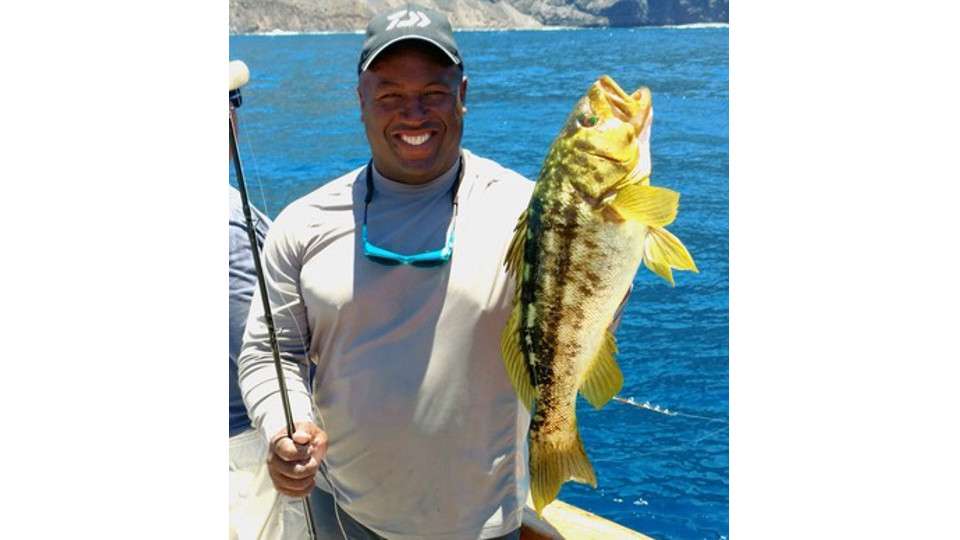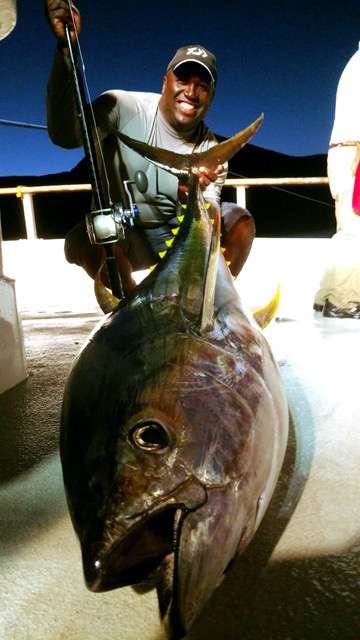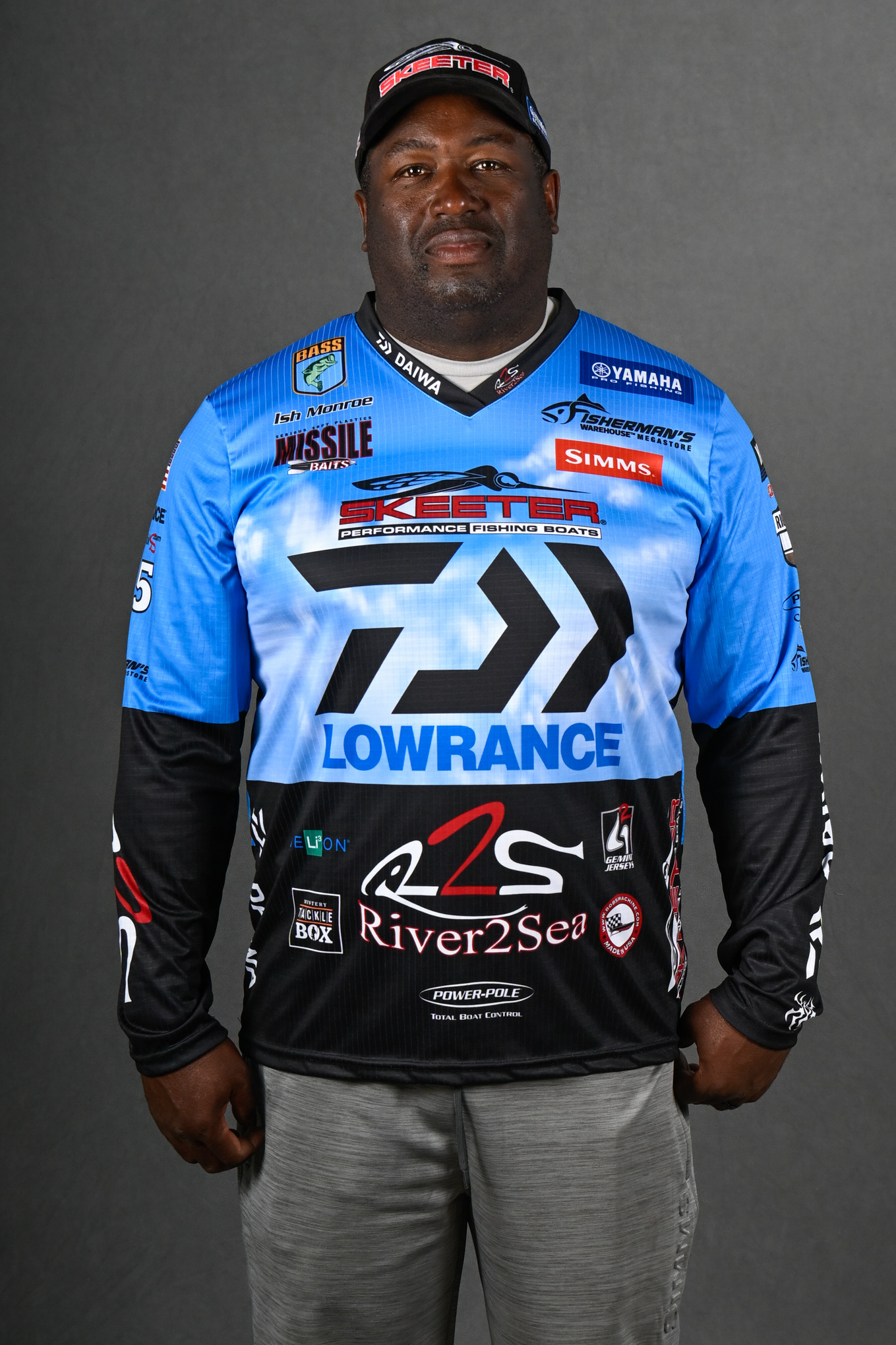
I just returned from a short saltwater fishing trip off the coast of San Diego. I’ve gotten more serious about my saltwater fishing over the last couple of years, ever since I bought a saltwater boat and equipped it properly. I do it because it’s fun, but I also do it because the skills I develop offshore make me more competitive when I compete at the Bassmaster Elite Series level.
The most important one is feel. But before we talk about it I want to touch on getting better with my electronics and with my knots.
Electronics
During my saltwater trips over the past couple of years I’ve learned as much about my Lowrance electronics as I ever have, and I’ve used Lowrance products forever. It’s one thing to look at side imaging and downscan imaging in 10 or 15 feet of water. It’s another thing altogether when you’er over 300 feet of water and there’s nothing alongside you for a 100 miles.
When you’re in those conditions you get pretty good at tuning your units. Close don’t get it. This is not the place to get into all the details, but I’ll encourage everyone to take the time to learn how to use their units. You hear that all the time, I know. But it’s true. Do it. You’ll be amazed at what they tell you.
Another thing I’ve developed is a much better feel for distance. Anyone can read their screen to see what it says — one inch equals a mile. That’s only a part of the story, though. You need to be able to sense where things are when you see them on the screen.
Knots
Tying a knot that won’t slip or break for a largemouth bass is nothing compared to tying one for a big fish. If you’re using 60-pound-test braid, a granny knot will hold a 4-pound bass. Don’t try that, though, with 80-pound-test line and a 150-pound fish.
I’ve tied a Palomar knot for years. I always thought that it was the strongest. Most of my saltwater friends tie a San Diego Jam knot. After testing both I’ll be using the San Diego Jam next year.
Feel
Other than finding fish, feel is probably the most important thing of all. The great anglers feel the slightest change in how a lure is running. They know when it’s right and when it isn’t. And, they can tell the difference between wood, rock, sand and gravel when their lure bounces off of it. It’s almost second nature to them.
If you can’t feel the difference in lure action when a lure fouled and not running right or tell the difference between a snag and a bite, you’re doomed. You’ll never have the days you dream about and never forget. Working in deep water will definitely improve your skills in shallower water.
I always knew feel was important. Actually, I thought I had a pretty good sense for it. But that wasbefore I tried to do it at 300 feet. That much line and water deadens everything. Learning feel at that depth takes a lot of work, but it’s more than worth the effort.
There aren’t any rules or exercises for learning this, however. The only thing you can do is spend hundreds and hundreds of hours on the water and learn by trial and error. The deeper the water you fish when you practice, the better you’ll get at feeling subtle differences.
I know that not everyone can fish the ocean. But everyone can go out in the middle of a lake and use their side imaging. Likewise, everyone can find deep water somewhere and learn to tune their downscan imaging. And, you don’t need water to learn to tie the San Diego Jam knot. You can do that while you’re watching TV.
Feel is a little more complicated. The best way to learn to do that is to go somewhere where you know for sure what’s under you, and then drag a jig or something heavy and see what it feels like. Over time you’ll get pretty good at knowing what’s happening with your lure. That’s a big step towards getting better.
Successful fishing is about more than setting the hook and hoping for a big fish. Like most sports it starts with learning fundamental skills.


